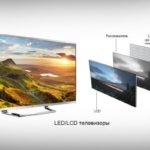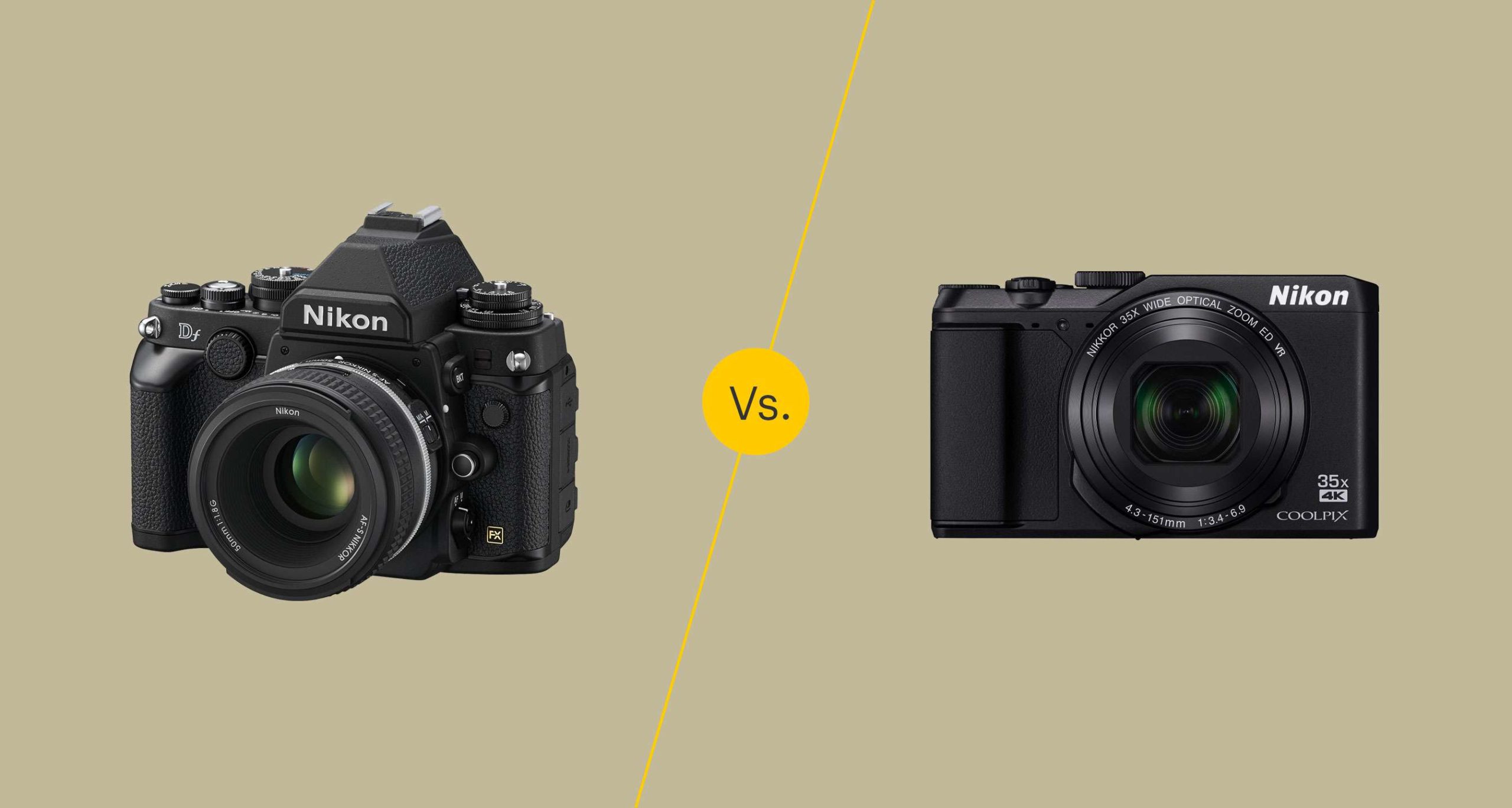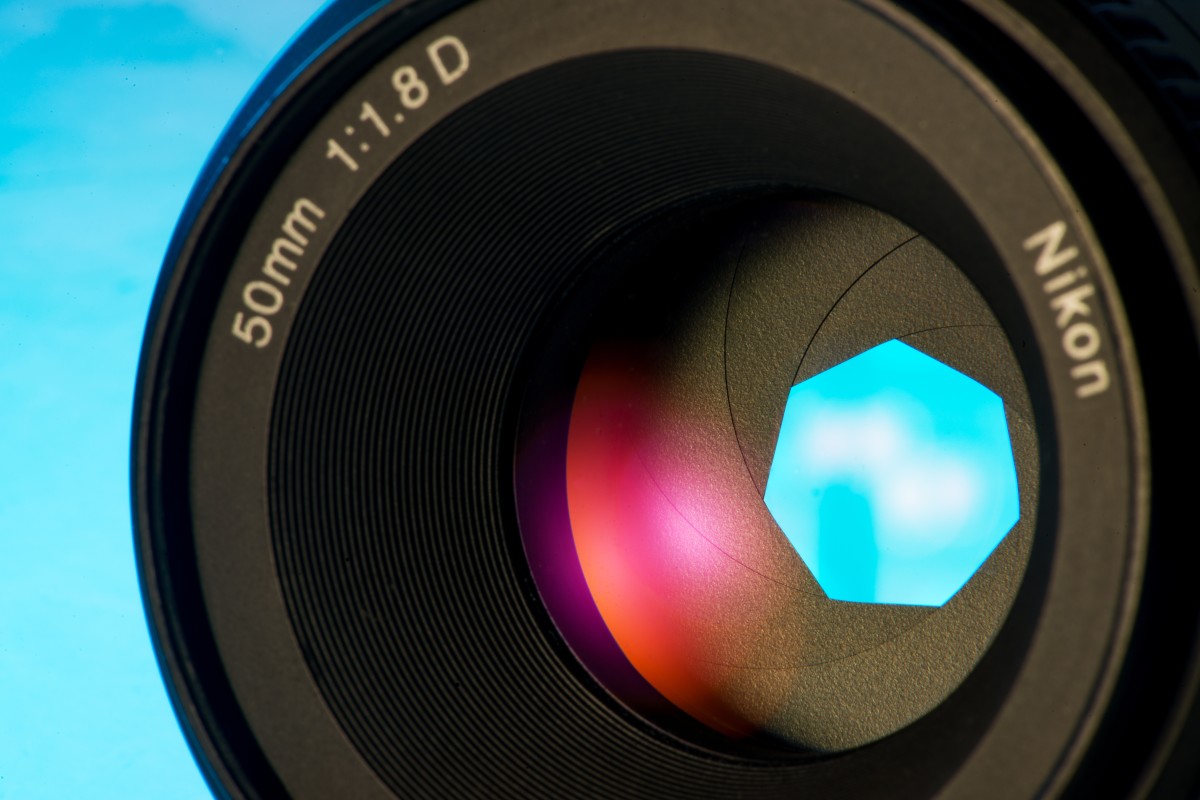What is a matrix in a camera?
When choosing a camera, you need to take into account several criteria. One of the important ones is the type of matrix and its features. But many beginners don't know what it is. The matrix in a camera is one of the main elements responsible for the quality and appearance of the resulting image. It is divided into several types and has some technical nuances.
The content of the article
What is the matrix in a camera?
To detect it, just look at the center of the lens. This is where the shiny rectangle is located. This is the matrix - the most important part of the device, influencing the final image.
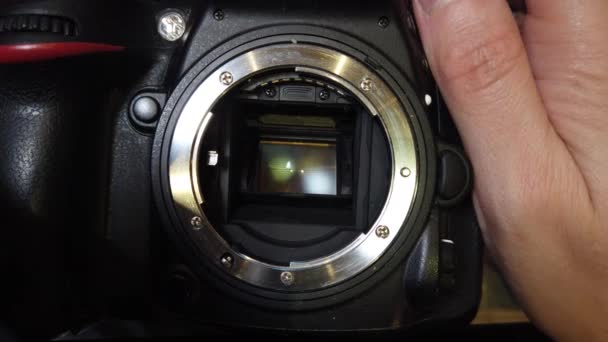
It resembles a microcircuit consisting of elements with special light sensitivity. When light rays penetrate the equipment, an electrical signal begins to form. The degree of its intensity is affected by the level of illumination and brightness of the light. The matrix captures it and after transformation, an image is obtained.
The element affects the number of pixels. The minimum number of them can be 0.3. The more expensive the camera, the more megapixels it has, which means the better the quality of the shot.
The matrix first creates a black and white image. It becomes colored due to the light filters covering its constituent parts.
What types of matrices are there?
The types of this element directly affect the principle of its operation. There are several main types. Among them:
- CCD. A device with a charging connection has a transistor as its structural element. This matrix has a pleasant lamp color. This type was once widespread. But gradually it was replaced by more modern microcircuits.
- CMOS. A relatively new species that began to be actively used about 12 years ago. A special feature of the technology is that the device samples an individual pixel using a similar pattern to a standard memory system. Each pixel is equipped with an amplifier. CMOS allows you to get a full picture without losing the edges of the image - side, top and bottom. The technology makes less noise in pictures and is more energy efficient.
- Live-MOS. This type is produced by only one company. The basis of the technology is the MOS matrix. It allows you to create good quality images with low noise. This type prevents the camera from overheating.

Matrix characteristics
This microcircuit in any camera has a set of certain characteristic features. They affect the clarity and quality of the frame. You should also rely on them when choosing a suitable camera. Among the main parameters:
- Matrix dimensions.
- Number of pixels.
- ISO sensitivity level.
- Dynamic range.
- Noise to signal ratio.
- Energy consumption level.
- Supply voltage.
The type may not be taken into account due to the fact that almost all models presented in the store are equipped with modern types of microcircuits. The last two characteristics do not affect the quality of the image, but may be important for the photographer (from the point of view of ease of use).
The more modern and advanced the matrix is, the more expensive the camera will be. Specifications also affect the camera's capabilities.A model from the budget segment will not be able to take professional, high-quality photographs. But it is quite suitable for a beginner who plans to hone his skills.
Criterias of choice
The main characteristics influencing the final result of the image were noted. First of all, you need to decide on the price segment. The more budget the device, the lower the quality of shooting it will have.
It is worth taking a closer look at all the listed characteristics of the microcircuit in order to understand what exactly depends on them.
The size of the chip affects the size of the pixels and their density relative to each other. The lower the density, the lower the level of surface heating. This results in a stronger ratio between noise and signal, resulting in a sharper photograph. It is the dimensions of the matrix that are considered one of the most important parameters when choosing a camera.
The size of the chip determines the noise level in the pictures and how deep and saturated the colors will be. The parameter also affects the dynamic range and size of the camera itself. The latter is no less important. After all, working with a camera should be convenient.
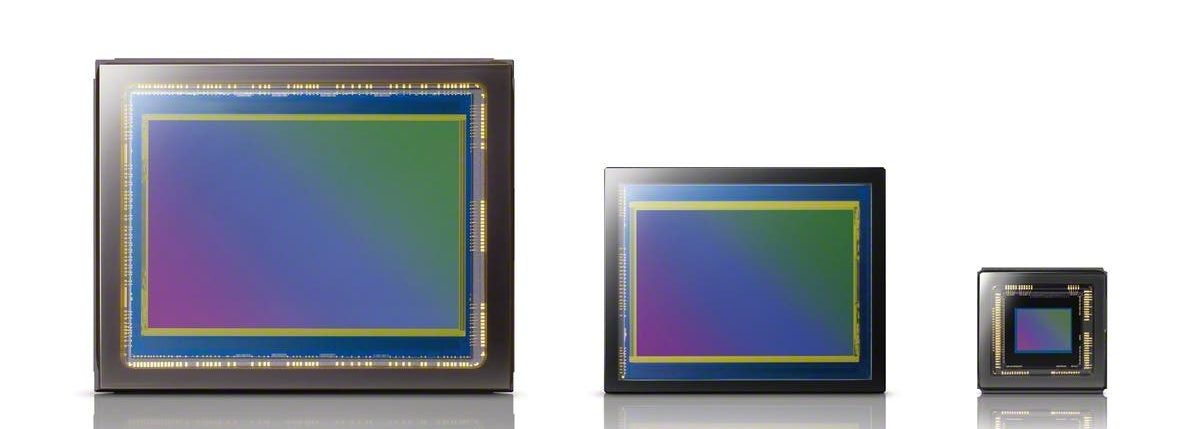
The large matrix allows for low noise levels. This is due to the fact that the larger surface of the chip receives and transmits more light rays. Noise will be reduced even when shooting in low light. There will be no extra dots in the photographs.
Also, the large matrix has a wide dynamic range and good color rendition. The shades are deep and rich. This means that the camera will be able to identify various color changes and errors, even if they are barely noticeable.This parameter is especially important for those who like to photograph monochromatic landscapes without sudden changes in tones. A large matrix easily captures color transitions, even if there are no strong differences in shades.
The key disadvantage of such a device comes down to the large size of the camera. An increase in the chip leads to an increase in the device itself. Of course, you will have to get used to working with a large camera. But taking into account the results obtained during photography, this drawback cannot be called significant. But such models can be quite expensive. This is also worth considering.
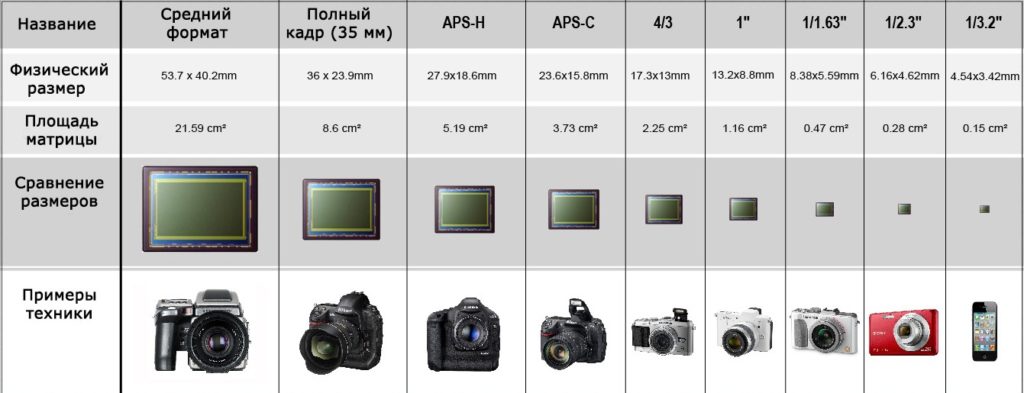
When choosing a suitable camera, you need to pay attention to the dimensions of the matrix and its cost. Both parameters are basic and will allow you to choose a camera with the best price/quality ratio.
The matrix is one of the most important parts in a camera. The quality of the resulting images depends on it. Therefore, its choice must be taken seriously. For a beginner, you should choose simpler models on which he can practice and hone his skills. For further work as a professional, it is recommended to purchase a camera with an improved matrix.

